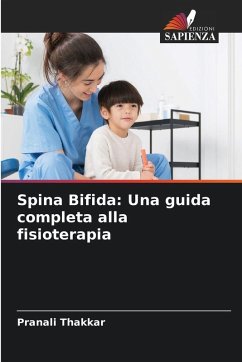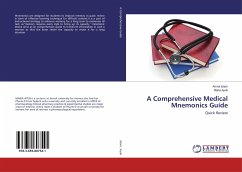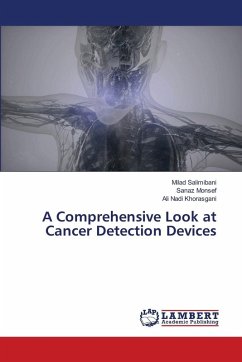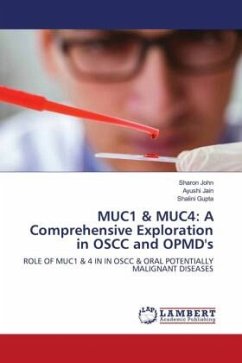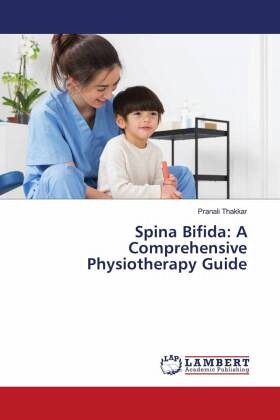
Spina Bifida: A Comprehensive Physiotherapy Guide
Versandkostenfrei!
Versandfertig in 6-10 Tagen
29,99 €
inkl. MwSt.

PAYBACK Punkte
15 °P sammeln!
Spina Bifida is a neural tube defect that occurs when the spinal cord and vertebrae do not form properly during fetal development. It can lead to physical disabilities such as muscle weakness, paralysis, and bladder/bowel dysfunction, depending on the severity and location of the defect.Types:Spina Bifida Occulta - Mildest form; no visible opening on the back.Meningocele - Sac of fluid protrudes through the spine, but no spinal cord.Myelomeningocele - Most severe; spinal cord and nerves are exposed, causing significant disabilities.Physiotherapy Role:Early intervention: Promotes normal motor d...
Spina Bifida is a neural tube defect that occurs when the spinal cord and vertebrae do not form properly during fetal development. It can lead to physical disabilities such as muscle weakness, paralysis, and bladder/bowel dysfunction, depending on the severity and location of the defect.Types:Spina Bifida Occulta - Mildest form; no visible opening on the back.Meningocele - Sac of fluid protrudes through the spine, but no spinal cord.Myelomeningocele - Most severe; spinal cord and nerves are exposed, causing significant disabilities.Physiotherapy Role:Early intervention: Promotes normal motor development and prevents contractures.Strengthening exercises: Focus on unaffected muscles to improve mobility.Stretching: Prevents joint stiffness and deformities.Gait training: Use of orthotic devices or walkers as needed.Bladder/bowel management support.Parent education: On positioning, home exercises, and care.




